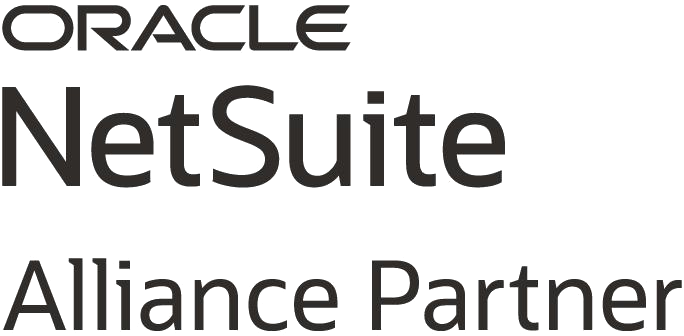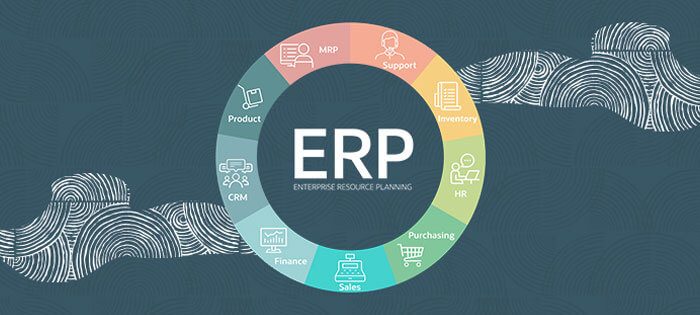Posted by Barney Beal, Content Director, NetSuite
Penguin Computing knows a thing or two about enterprise technology. The Freemont, Calif.-based company is one of the largest private suppliers of Linux-based enterprise and high performance computing solutions in North America.
So when SAP announced it was ending support for the particular version of an aging SAPR/3 ERP system the company was using to manage its financials earlier this year, Garth Thompson, vice president of Support & IT Services with the company, knew it was time to look elsewhere. In fact, replacing SAP had been under discussion at Penguin for the past five years, but the potential disruption of replacing the company’s ERP system convinced leadership to hold off. With the end of support, Penguin took the chance to move to a fully software as a service (SaaS) software platform.
“We change our business rapidly,” Thompson said. “We needed an ERP system agile enough to deal with that so we can change processes in days or weeks. That’s impossible with SAP or Oracle where changes often take weeks of planning, are challenging to implement and result in customizations that have to be maintained.”
And Penguin Computing is not without its internal IT resources. The company builds high performance computing clusters for its customers and performs sophisticated enterprise server installs as well. The IT team had even written its own middle layer to pull data from the SAP system, a cumbersome process that left team members frustrated.
“It was difficult to pull useful info from SAP and impossible to update that information through any means other than through their client interface,” Thompson said.
Despite that in-house expertise, Penguin wanted a cloud ERP system, one where the vendor took care of maintaining the code, data center and upgrades. It was already spending more money than it wanted on expensive SAP consultants to come in and help make changes to the system.
“We needed something simple, something I can train a user to use within days,” Thompson said. “It needed a robust API to integrate with our systems. It also needed to be a true SaaS service. We need a strong motivation to run anything in-house now. There’s a significant time sink to run ERP in house.”
NetSuite was the only solution that provided everything Penguin needed, according to Thompson. NetSuite gave Penguin the agility, flexibility and ease of use to run is business efficiently without all the overhead of maintaining an on-premise SAP system. NetSuite provides Penguin with revenue recognition, inventory management, a module supporting work orders, bin management and assembly management for its build-to-order production facility.
“We’re already more efficient on NetSuite than we were with SAP,” Thompson said, less than a year after the implementation. “Users have more access. Finance loves it, and they trust the numbers now. It takes me minutes to trace an order in full from order to cash and know what accounts were hit. It is mind blowing how easy it is to find information in NetSuite.”
And the disruption of ripping out and replacing an ERP system? Well, it wasn’t easy. In fact, the SAP data was so corrupted, Penguin elected not to migrate it over, preserving it only for historical reference.
But the implementation came in 40 percent under budget and the quarter Penguin took NetSuite live was the largest and most profitable in the company’s history. In the meantime, Penguin has retired two servers and estimates its IT staff is now 30% more efficient.





